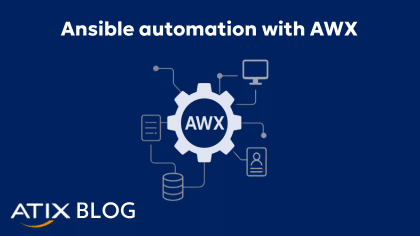Infrastructure Automation
Infrastructure automation involves using technology and tools to manage, configure, and optimize IT infrastructure, reducing manual processes and ensuring efficiency, scalability, and security.
Here you will find valuable information and best practices relating to the automation of IT processes. From tools like Ansible, Git, Puppet, Terraform to orcharhino – discover how these technologies can help you manage your infrastructure more efficiently, minimize manual processes and future-proof your IT environment. Dive into our blog posts and learn more about modern automation solutions that can transform your IT.














